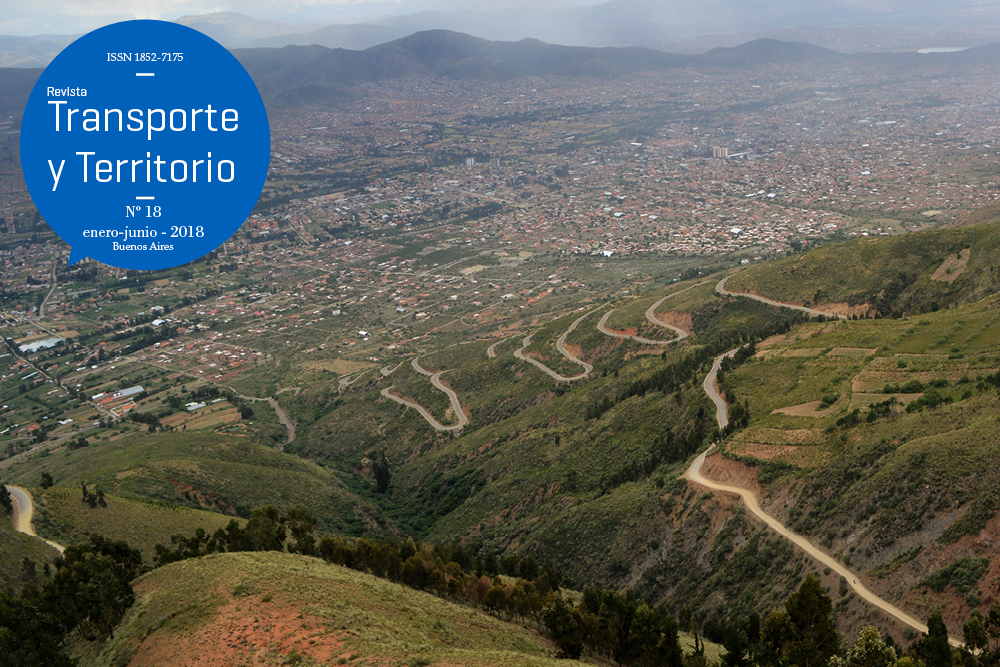Roads and cars in Bolivia: changes, trends and correspondences in the recent past
Keywords:
roads, automobiles, Bolivia, public investment, spatial mobility
Abstract
This paper explores relationships between roads and vehicles in the Bolivian context during the last couple of decades. Based on a broad depiction of levels and tendencies of: a) public investment in transport networks and b) the extent of those road networks as well as the access to automobiles of Bolivian households, this paper aims to identify correspondences and/or contradictions between: expansion of road networks, vehicle’s availability and public investment. The study confirms that road networks are increasing significantly and this is happening in correspondence with the increase in vehicles’ access. These tendencies support the mobility transition model developed by Zelinsky, which assumes that more development implies greater mobility. However, there also seems to be a contradiction between the already mentioned tendencies and the patterns of public investment. Finally, it is possible to verify that interactions between political, institutional context and infrastructural contexts have considerable impacts on economic, social and cultural processes, which in turn affect development dynamics in Bolivia.Downloads
Download data is not yet available.
How to Cite
Veizaga R., J. M. (1). Roads and cars in Bolivia: changes, trends and correspondences in the recent past. Revista Transporte Y Territorio, (18), 100-121. https://doi.org/10.34096/rtt.i18.4930
Section
Dossier

1.jpg)

3.png)























